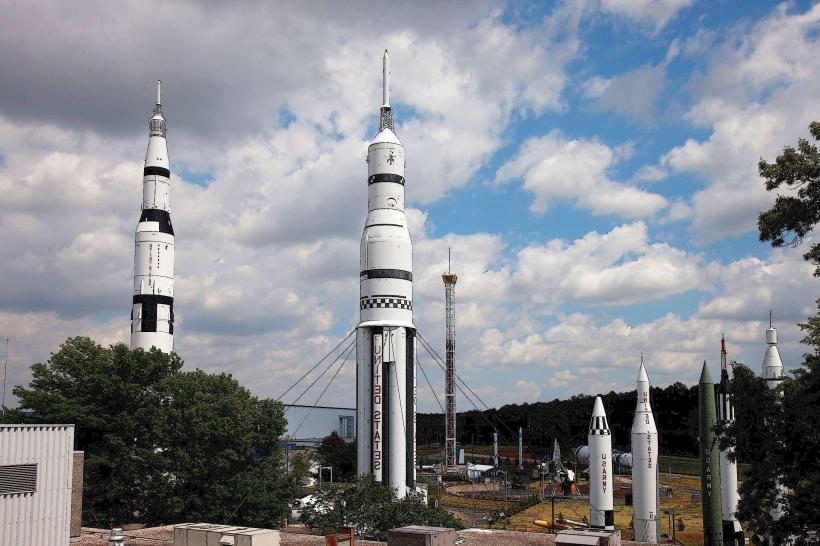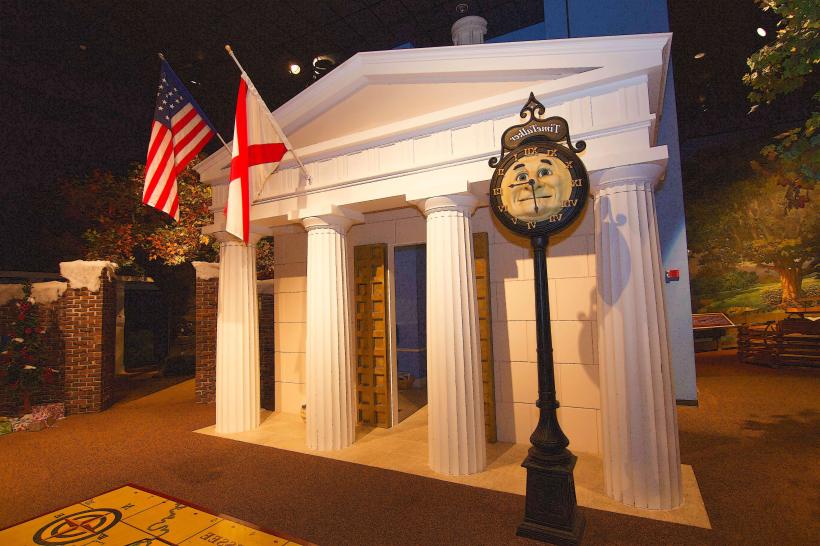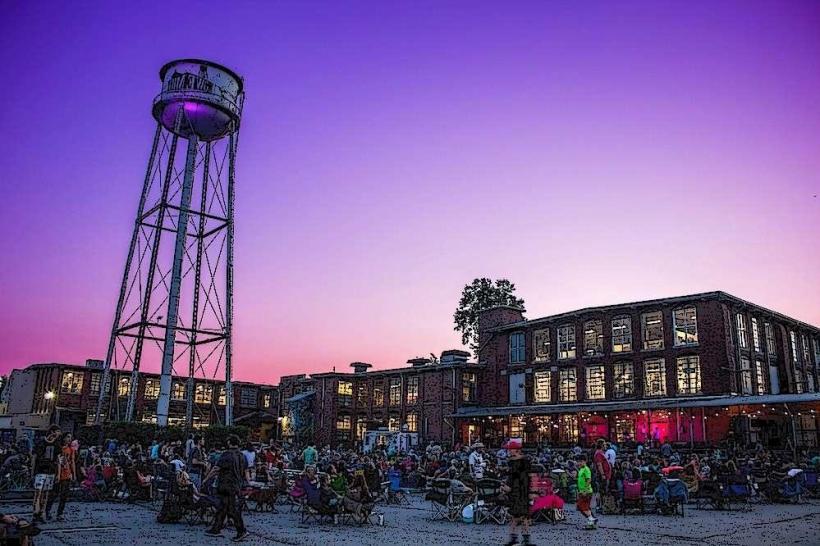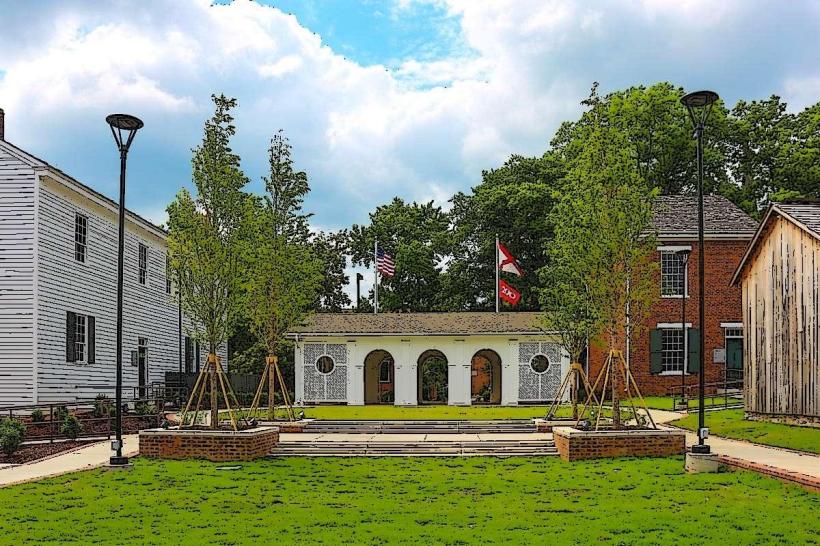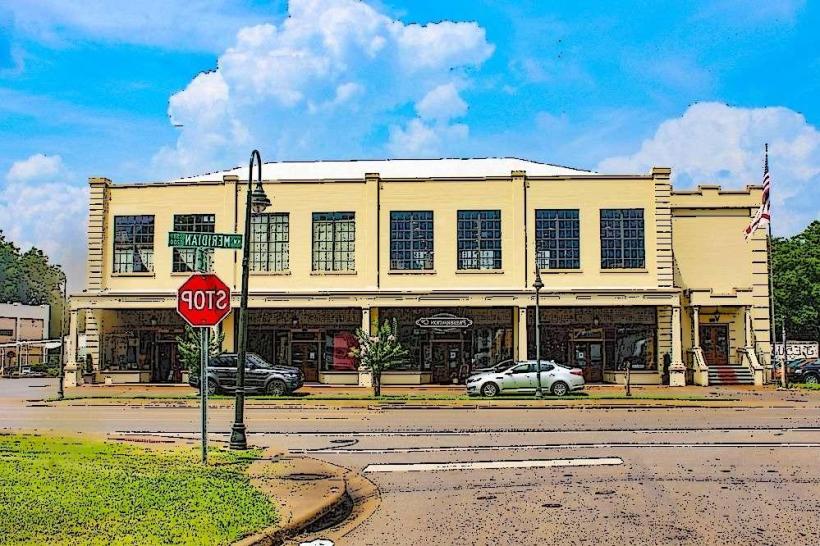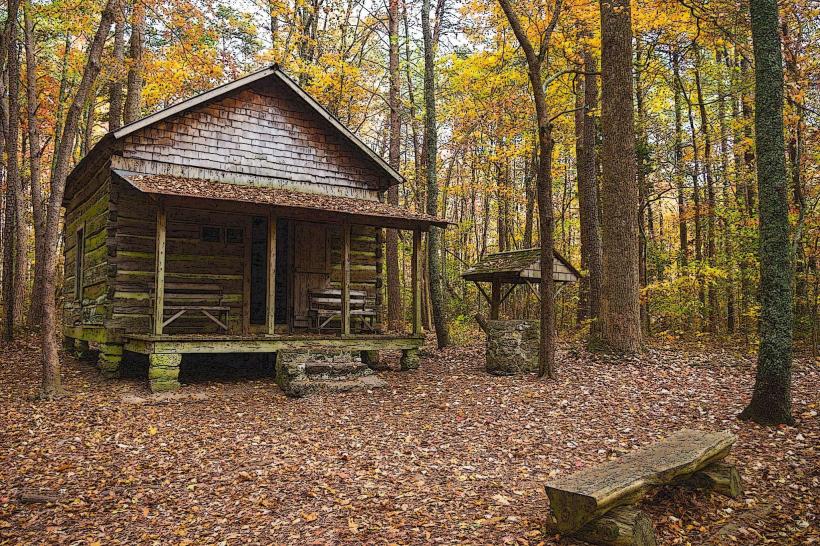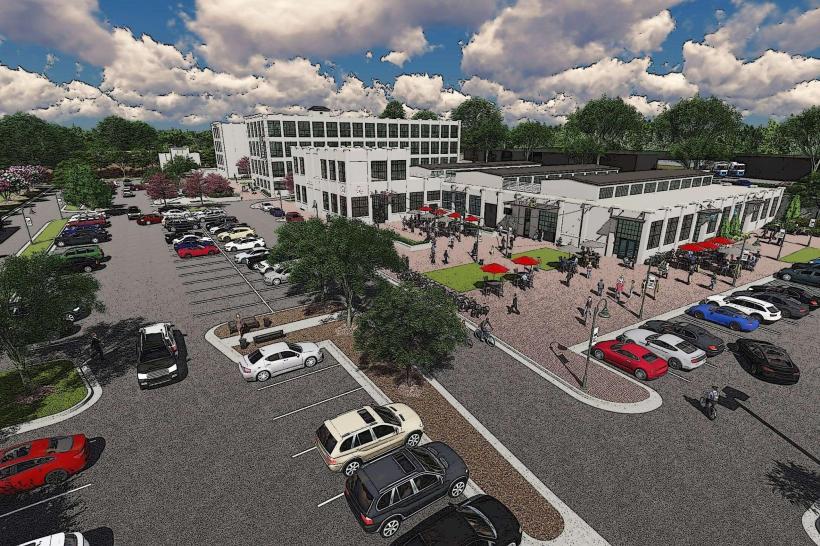Information
Landmark: Huntsville Depot MuseumCity: Huntsville
Country: USA Alabama
Continent: North America
Huntsville Depot Museum, Huntsville, USA Alabama, North America
The Huntsville Depot Museum, located at 320 Church Street NW in downtown Huntsville, Alabama, is a historic railroad museum dedicated to preserving and interpreting the city’s rich railroad and transportation heritage. Housed in the original 1870s L&N (Louisville & Nashville) Railroad Depot, the museum provides insight into the economic, social, and industrial impact of railroads on Huntsville and the surrounding Tennessee Valley region.
Historical Significance
The museum is situated in one of Huntsville’s most historically significant structures. The depot played a central role in the city’s growth during the late 19th and early 20th centuries, serving as a hub for passengers and freight that connected Huntsville to regional and national markets. The building itself is a well-preserved example of 19th-century railroad architecture, with features characteristic of small-town American depots of the period.
Exhibits and Collections
The Huntsville Depot Museum focuses on both the railroad history and the broader industrial development of the area:
Railroad Artifacts: Includes original signage, tools, uniforms, and equipment used in the operation of the depot and trains.
Model Trains: Detailed model railroad displays illustrate the regional rail network and provide interactive elements for visitors of all ages.
Historic Freight and Passenger Cars: The museum occasionally features restored railcars or exhibits on the types of trains that served Huntsville.
Local History Exhibits: Displays explore the depot’s role in commerce, agriculture, and wartime logistics, highlighting the broader impact of railroads on community growth.
Civil War and Reconstruction: Interpretive sections examine how the railroad influenced Huntsville during pivotal moments in 19th-century American history.
Layout and Visitor Experience
The museum is compact but efficiently arranged to provide an immersive experience:
Main Depot Building: Features the ticket office, waiting rooms, and freight areas, all outfitted with historical artifacts and interpretive signage.
Interactive Displays: Touchscreens, maps, and model train layouts allow visitors to explore railroad routes and operational details.
Educational Panels: Chronological exhibits detail the evolution of railroads, their technology, and their cultural impact on the region.
Educational Programs
The Huntsville Depot Museum offers educational opportunities for school groups, families, and history enthusiasts:
Guided Tours: Docent-led tours provide historical context and highlight notable artifacts.
School Programs: Field trips and curriculum-linked activities focus on industrial history, transportation, and regional development.
Special Events: Family days, model train exhibitions, and seasonal events engage the community and encourage interactive learning.
Visiting Information
Hours: Typically open Wednesday through Saturday, with occasional special hours for events; closed on Sundays and Mondays.
Admission: Modest fees for general admission, with discounts for children, students, and seniors.
Accessibility: The museum is partially accessible; main exhibits are wheelchair-friendly, though some areas may have historical structural limitations.
Location and Parking: Located downtown near Big Spring International Park, with nearby public parking available.
Significance
The Huntsville Depot Museum preserves an essential piece of the city’s industrial and transportation history. By showcasing the evolution of railroads and their influence on commerce, culture, and community development, the museum offers visitors a tangible connection to Huntsville’s past. Its combination of historic architecture, interactive exhibits, and educational programming makes it an important cultural resource for understanding the role of railroads in shaping northern Alabama.
The museum also serves as a gateway to exploring downtown Huntsville, linking visitors to nearby historic sites, parks, and cultural attractions.


